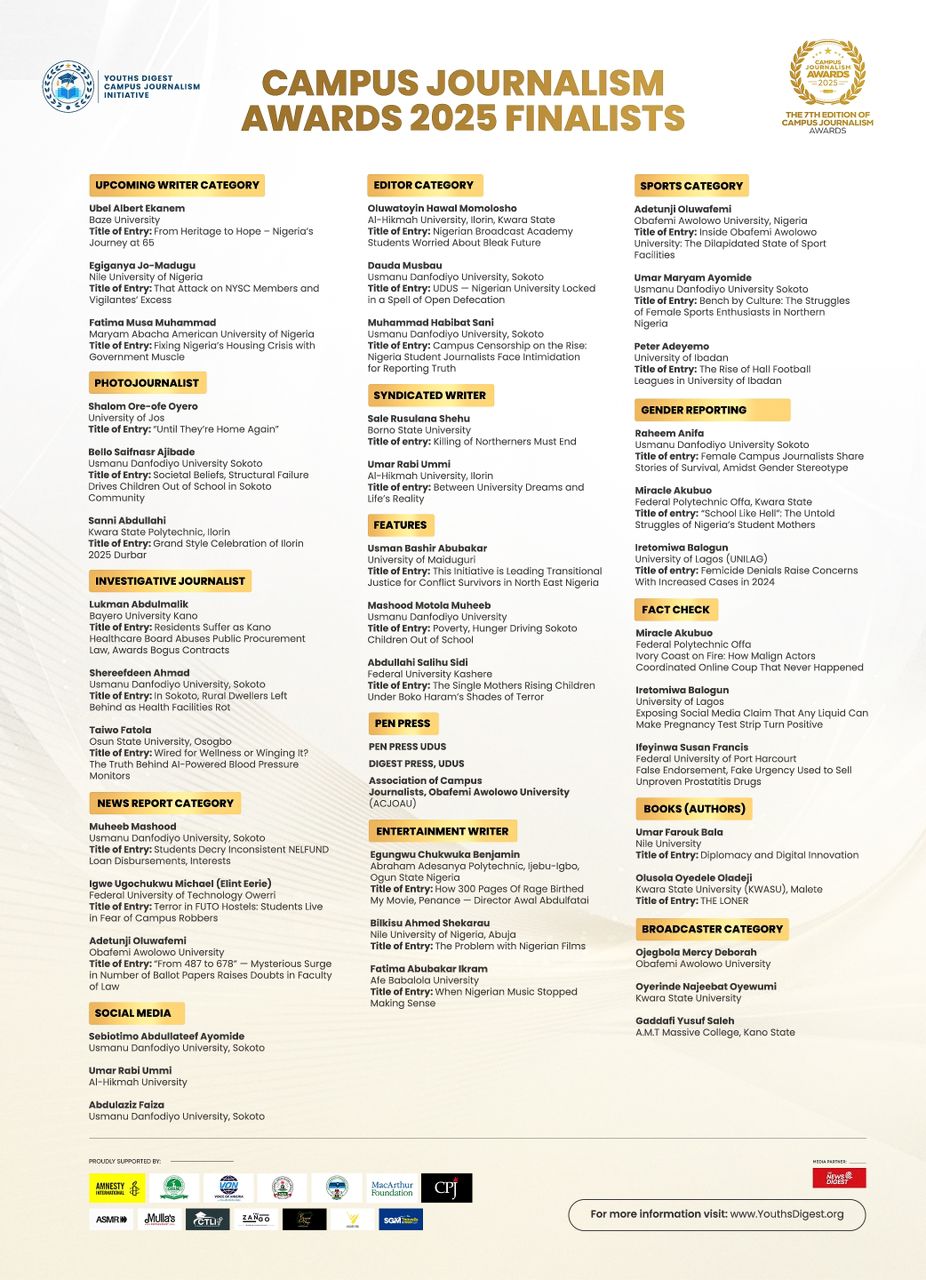In today’s consumer culture, Gen Zs and millennials are faced with a limitless option of everything and it has become increasingly difficult to maintain a mindful wardrobe.
Gen Zs, who are in their formative years, are more likely to try a bit of everything as they explore their identity through their clothes and discern the motivation fuelling their personal style choices.
Shakaila Forbes-Bell, author of ‘Big Dress Energy: How Fashion Psychology Can Transform Your Wardrobe and Your Confidence’ explains this phenomenon in a recent conversation on the Conscious Style Podcast.
“I think that people need to understand that the idea of our best selves is constantly shifting and evolving as our eyes are exposed to new things, new people and new experiences.”
But as the options pile up, we quickly become overwhelmed by our clothing choices, leading to a love-hate relationship with our wardrobe.
This relationship manifests itself in different forms: Some of us hold onto clothes we have outgrown as though they hold the key to our present and future happiness. Others purchase clothes on impulse that felt right in the moment, but later struggle to style them because they don’t adequately reflect their personality. Some others stock up on too many clothes that each time they try to select a dress, they get lost in the paradox of choice and ultimately feel like they have nothing to wear.
In all three cases, we end up with a sizable number of clothes gathering dust in our wardrobe, with no pressing signs in the galaxies indicating that we would have use for them anytime soon.
The reality is that there is a fine line between possessing an expansive wardrobe that allows you to tap into different parts of your identity and falling into a cycle of overconsumption–buying, hoarding, then regretting–that can leave you stressed and frustrated with your styling journey.
Interestingly, the fundamental and intuitive solution to this rising epidemic can be found within the problem itself: practising mindfulness.
To fully understand mindfulness, one can draw parallels from a popular basketball concept that has recently gained traction on Football Twitter: the idea of ‘floor raisers’ and ‘ceiling raisers.’
In basketball, the best floor raisers are players capable of leading a core of mediocre players to the Conference finals, and possibly even the NBA finals, by elevating the performances of the role players.
The fashion journey is more or less the same. Unless you’re born into a family with a rich cultural and fashion heritage, most people start from rock bottom. And when you begin, whether with a defined understanding of your fashion persona or just trying a bit of everything, you are likely to do so by gathering clothing pieces that act as ‘floor raisers.’
For a minimalist who prefers neutrals and earthy tones, such items might include a timeless white round-neck shirt, light-wash blue denim jeans, white low-top sneakers, a plaid flannel for layering, and perhaps a pair of black oxford shoes for formal occasions.
While the aforementioned clothes may kickstart your fashion evolution and draw attention to the positive shift in your style, it is likely just the start of your journey. This is where ‘ceiling raisers’ come into play.
In basketball, ceiling raisers are extremely good finishers. These are the players who elevate already good teams to even higher levels, like the pairing of Anthony Davis with Lebron James in 2019 or Kevin Durant with Steph Curry in 2016.
A good explanation of why we continually make good purchases yet end up with a wardrobe we hate is our misguided emphasis on acquiring ‘floor raisers.’
You might want to ask yourself: What phase am I at in my personal style journey? Do the items I’m considering add versatility and elevate my existing wardrobe? Am I making purchases based on trends or what truly aligns with my style? How do my fashion choices align with my cultural and ethical values?
Understanding oneself and answering these questions honestly are crucial early steps in cultivating a positive relationship with one’s wardrobe. This is because when we buy more of the same clothing, or more accurately, clothing within the same value category, we end up merely maintaining our current style rhythm, without successfully elevating it to the next level.


